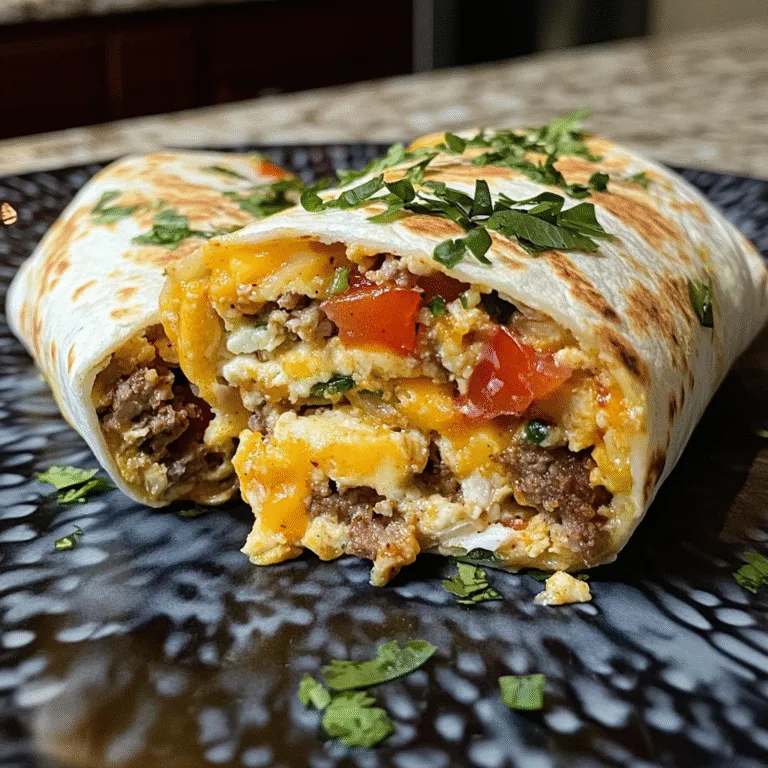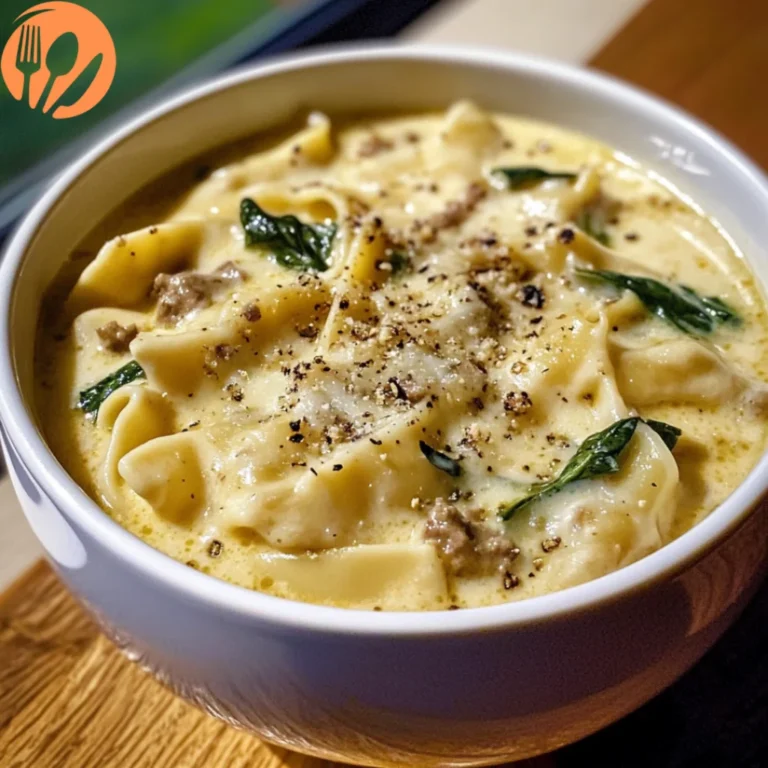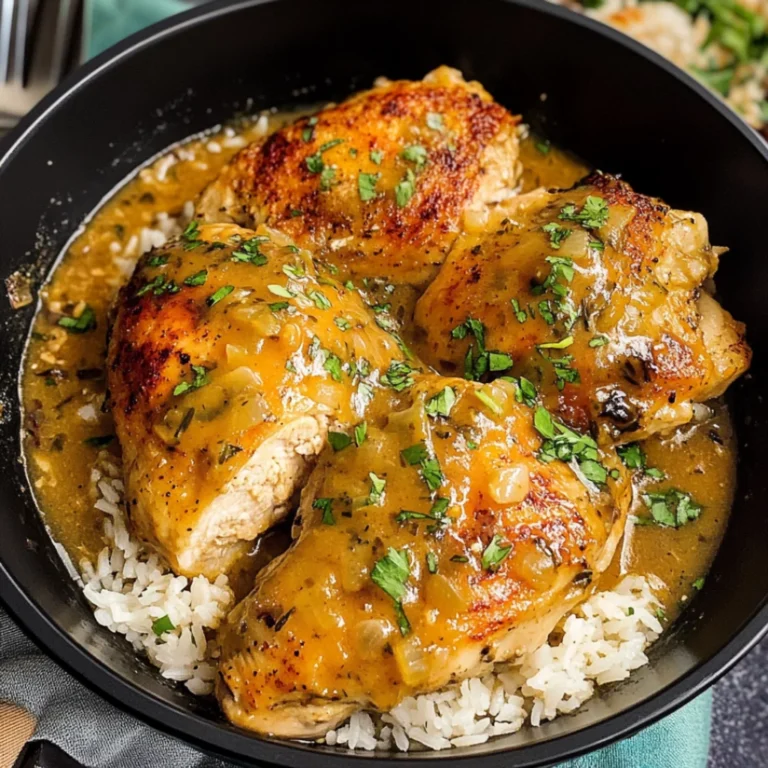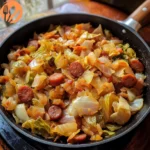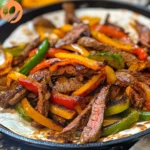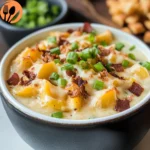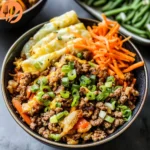Follow Me On Social Media!
Chinese Moo Goo Gai Pan
Introduction
Did you know that authentic Chinese Moo Goo Gai Pan actually has nothing to do with mushrooms being the star of the show? Contrary to popular belief, this beloved Cantonese dish translates to "mushrooms and sliced chicken," but the real magic lies in the delicate balance of tender chicken, crisp vegetables, and a silky white sauce that has captivated American palates for over 60 years. Chinese Moo Goo Gai Pan represents the perfect fusion of traditional Cantonese cooking techniques with ingredients readily available in Western kitchens.
This restaurant-quality dish can be recreated in your home kitchen in just 30 minutes, delivering the same satisfying flavors and textures that make it a top-ordered item at Chinese-American restaurants nationwide. Whether you're craving comfort food or looking to impress dinner guests, this comprehensive guide will walk you through every step of creating an authentic, delicious Moo Goo Gai Pan that rivals your favorite takeout spot.
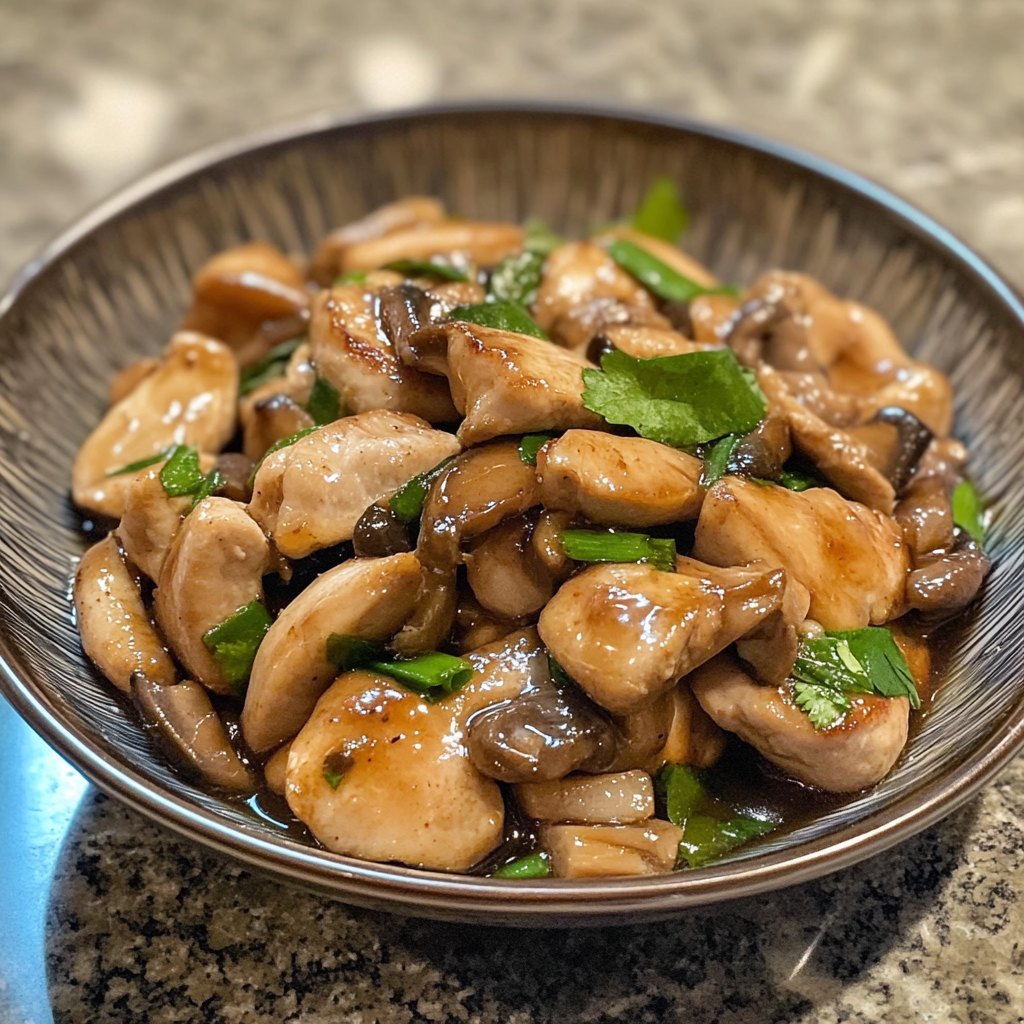
Ingredients List
For the Chicken:
- 1 pound boneless, skinless chicken breast, sliced into thin 1/4-inch pieces (substitute: chicken thighs for more flavor)
- 2 tablespoons cornstarch for velveting (creates that signature tender texture)
- 1 tablespoon soy sauce
- 1 teaspoon sesame oil (adds aromatic depth)
For the Vegetables:
- 8 oz fresh button mushrooms, sliced (substitute: shiitake or cremini for earthier flavor)
- 1 cup snow peas, trimmed (substitute: sugar snap peas or broccoli florets)
- 1 medium carrot, julienned into matchsticks
- 1 can (8 oz) sliced water chestnuts, drained (provides essential crunch)
- 3 green onions, cut into 1-inch pieces
- 2 cloves garlic, minced
- 1 tablespoon fresh ginger, minced
For the Sauce:
- 1 cup low-sodium chicken broth (substitute: vegetable broth for lighter flavor)
- 2 tablespoons oyster sauce (the umami backbone)
- 1 tablespoon light soy sauce
- 1 teaspoon sugar
- 1/2 teaspoon white pepper (traditional choice over black pepper)
- 2 tablespoons cornstarch mixed with 3 tablespoons cold water (slurry for thickening)
For Cooking:
- 3 tablespoons vegetable oil (neutral flavor, high smoke point)
- 1 teaspoon sesame oil for finishing
Timing
Preparation Time: 15 minutes
Cooking Time: 15 minutes
Total Time: 30 minutes
This timing makes Moo Goo Gai Pan significantly faster than most Chinese stir-fry dishes, which typically require 45-60 minutes including prep work. The key to achieving restaurant-speed results lies in having all ingredients prepped and organized before heating your wok or large skillet.
Step-by-Step Instructions
Step 1: Prepare the Chicken
Begin by slicing your chicken breast against the grain into uniform 1/4-inch thick pieces. This ensures even cooking and maximum tenderness. In a medium bowl, combine the sliced chicken with cornstarch, soy sauce, and sesame oil. Mix thoroughly until each piece is well-coated. This process, called "velveting," creates the incredibly tender texture that distinguishes restaurant-quality Chinese chicken dishes. Let the chicken marinate for at least 10 minutes while you prepare the vegetables.
Step 2: Create Your Mise en Place
Arrange all your prepared vegetables on a large plate or tray in the order you'll be cooking them. Whisk together all sauce ingredients except the cornstarch slurry in a small bowl. Having everything organized and within arm's reach is crucial for successful stir-frying, as the cooking process moves quickly once you start.
Step 3: Heat Your Cooking Vessel
Heat 2 tablespoons of vegetable oil in a large wok or heavy-bottomed skillet over medium-high heat. The pan is ready when a drop of water sizzles immediately upon contact. Proper heat management is essential for achieving the "wok hei" (breath of the wok) that gives authentic Chinese dishes their distinctive flavor.
Step 4: Cook the Chicken
Add the marinated chicken pieces to the hot oil, spreading them out in a single layer. Let them cook undisturbed for 2-3 minutes to develop a light golden color, then stir-fry for another 2-3 minutes until just cooked through. The chicken should feel firm but still springy to the touch. Remove the chicken to a clean plate and set aside.
Step 5: Stir-Fry the Aromatics and Vegetables
Add the remaining tablespoon of oil to the same pan. Add minced garlic and ginger, stirring constantly for 30 seconds until fragrant but not browned. Add the sliced mushrooms first, cooking for 2-3 minutes until they begin to release their moisture. Follow with carrots and snow peas, stir-frying for another 2 minutes until vegetables are crisp-tender.
Step 6: Combine and Finish
Return the cooked chicken to the pan along with water chestnuts and green onions. Pour in the prepared sauce mixture and bring to a gentle simmer. Give your cornstarch slurry a quick stir (it separates quickly) and gradually add it while stirring continuously. The sauce should thicken within 1-2 minutes to coat the back of a spoon. Remove from heat and drizzle with sesame oil for that final aromatic touch.
Nutritional Information
Per Serving (serves 4):
- Calories: 285
- Protein: 28g
- Carbohydrates: 18g
- Fat: 12g
- Fiber: 3g
- Sugar: 8g
- Sodium: 680mg
This balanced nutritional profile makes Moo Goo Gai Pan an excellent choice for those seeking a high-protein, moderate-calorie meal. The lean chicken provides all essential amino acids, while the variety of vegetables contributes valuable vitamins, minerals, and antioxidants. The dish is particularly rich in vitamin A from carrots and vitamin C from snow peas, supporting immune function and eye health.
Healthier Alternatives for the Recipe
Lower Sodium Version: Replace oyster sauce with mushroom sauce and use low-sodium soy sauce throughout. This reduces sodium content by approximately 40% while maintaining authentic flavors.
Keto-Friendly Adaptation: Substitute the cornstarch with xanthan gum (use 1/4 the amount) and replace carrots with bell peppers or zucchini. This modification reduces net carbs to under 8g per serving.
Vegan Alternative: Replace chicken with extra-firm tofu or king oyster mushrooms, and substitute vegetable broth for chicken broth. Use vegan oyster sauce made from mushrooms to maintain the umami depth.
Gluten-Free Option: Ensure your soy sauce and oyster sauce are certified gluten-free, or substitute with tamari and gluten-free mushroom sauce respectively.
Serving Suggestions
Traditionally, Chinese Moo Goo Gai Pan is served over steamed jasmine rice, which absorbs the delicate sauce beautifully. For a more nutritious base, consider brown rice, quinoa, or cauliflower rice. The dish pairs excellently with simple steamed vegetables like bok choy or Chinese broccoli.
For beverage pairings, try jasmine tea, which complements the dish's subtle flavors without overwhelming them. Wine enthusiasts might enjoy a crisp Riesling or unoaked Chardonnay. Complete your Chinese feast by serving alongside wonton soup, spring rolls, or a simple cucumber salad dressed with rice vinegar.
Common Mistakes to Avoid
Overcrowding the Pan: Cooking too much chicken at once lowers the oil temperature, resulting in steamed rather than stir-fried chicken. Cook in batches if necessary to maintain proper heat.
Overcooking Vegetables: Vegetables should retain their vibrant color and crisp texture. They continue cooking slightly even after removing from heat, so err on the side of undercooking.
Sauce Consistency Issues: Always stir your cornstarch slurry before adding it, as cornstarch settles quickly. Add it gradually while stirring to prevent lumps from forming.
Inadequate Prep Time: Attempting to prep ingredients while cooking leads to overcooked components and uneven results. Complete all preparation before heating your pan.
Storing Tips
Refrigeration: Store leftover Moo Goo Gai Pan in an airtight container for up to 3 days. The vegetables may soften slightly, but flavors actually improve as they meld together.
Freezing: While possible, freezing isn't recommended as the vegetables' texture deteriorates significantly. If you must freeze, do so for no longer than 1 month.
Reheating: For best results, reheat in a skillet over medium heat with a splash of chicken broth to restore moisture. Microwave reheating works but may result in slightly softer vegetables. Add a few drops of sesame oil after reheating to refresh the flavors.
Conclusion
Mastering Chinese Moo Goo Gai Pan at home opens the door to authentic Cantonese flavors while providing complete control over ingredients and sodium levels. This versatile dish adapts easily to dietary restrictions while maintaining its comforting, satisfying character that has made it a Chinese-American restaurant staple for generations.
The combination of tender velveted chicken, crisp vegetables, and silky sauce creates a perfectly balanced meal that's both nutritious and deeply satisfying. With proper technique and quality ingredients, your homemade version will rival any restaurant's offering while costing a fraction of the price.
Ready to bring the authentic taste of Cantonese cuisine to your kitchen? Gather your ingredients, prep your vegetables, and experience the satisfaction of creating this restaurant-quality dish at home. Don't forget to share your results and any creative variations you discover along the way!
FAQs
Q: Can I make Moo Goo Gai Pan ahead of time?
A: While best served immediately, you can prep all ingredients and make the sauce up to 24 hours in advance. Store components separately in the refrigerator and combine during the final cooking step for optimal texture and flavor.
Q: What's the secret to restaurant-style tender chicken?
A: The velveting technique using cornstarch and oil is crucial. Additionally, don't skip the marinating time, and avoid overcooking. Chicken should feel firm but still have some spring when pressed gently.
Q: Can I use frozen vegetables in this recipe?
A: Fresh vegetables are strongly recommended for authentic texture and flavor. If using frozen, thaw and pat completely dry first, then reduce cooking time by half to prevent mushiness.
Q: Why is my sauce not thickening properly?
A: Ensure your cornstarch slurry is well-mixed before adding, as cornstarch settles quickly. The sauce must reach a gentle simmer for cornstarch to activate. If it's still thin, mix additional cornstarch with cold water and add gradually while stirring.

